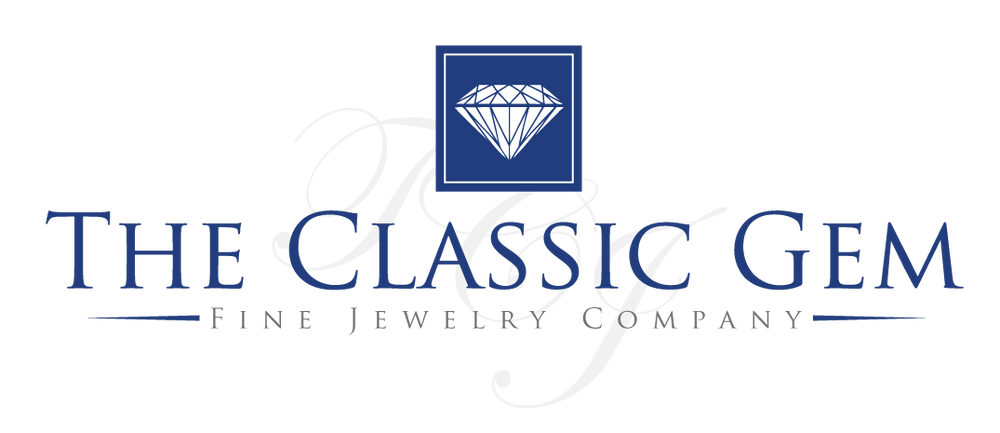Lab Grown Diamonds
What are laboratory grown diamonds?
For over 60 years, LGDs have been grown and used for industrial purposes. Today, gem-quality LGDs are growing as a product category available to consumers. LGDs are created with special equipment in a laboratory. They have essentially the same optical, chemical and physical properties as mined diamonds. They are not to be confused with synthetic diamonds, simulants or treated diamonds, as they are actual diamonds, just grown above ground in a lab versus underground taking billions of years to form. They are graded on the same scale as earth-mined diamonds (color, clarity, carat and cut) with the main difference being their point of origin (lab vs earth's crust). More environmentally conscious consumers prefer Lab Diamonds due to the smaller carbon footprint and reduced risk for ethical concerns and ecological impact.
There are currently two methods for producing lab-grown diamonds: a high-pressure, high-temperature (HPHT) process and chemical vapor deposition (CVD). Lab-grown diamonds cannot be distinguished from natural diamonds by a simple visual inspection. However, LGDs do have certain features that help distinguish them when inspected under magnification or using ultraviolet light:
- Lab-grown diamonds often have metallic inclusions and scattered pinpoints that appear differently than in natural diamonds. There may be an absence of natural inclusions. A microscope under high power can reveal these characteristics.
- Microscopy can also reveal linear growth patterns that are not characteristic of natural diamonds. For instance, Natural or earth mined diamonds grow outward on the octahedral faces. HPHT synthetic diamonds grow outward on the octahedral and cube faces. CVD synthetic diamonds grow mainly upward in one direction (a cube face). This does not impact the look of the diamond whatsoever, but is how the rough diamond is formed before it is cut, faceted and polished.
- Using ultraviolet light, some lab-grown diamonds exhibit a glow after the light is turned off (phosphorescence).

- Review this GIA article for more information on identifying LGDs.
FTC Definition & Terminology Guidelines
According to the Federal Trade Commission (FTC) Guides for the Jewelry, Precious Metals and Pewter Industries, the word “diamond” can refer to both a diamond that has been created by nature and mined by man and a laboratory-grown diamond, since a laboratory grown diamond has the same “optical, physical and chemical properties as mined diamonds.” When describing and marketing lab-grown diamond products, the FTC requires producers to “clearly and conspicuously convey that the product is not a mined stone.”
If you're interested in learning more or stopping by to study the difference between labs and naturals (earth mined diamonds). Feel free to set up some time and we can walk you through the difference and help guide you through a choice that best aligns with what you are looking for!
Forbes Article: What The FTC Diamond Ruling Means For Consumers And Diamond Marketers

